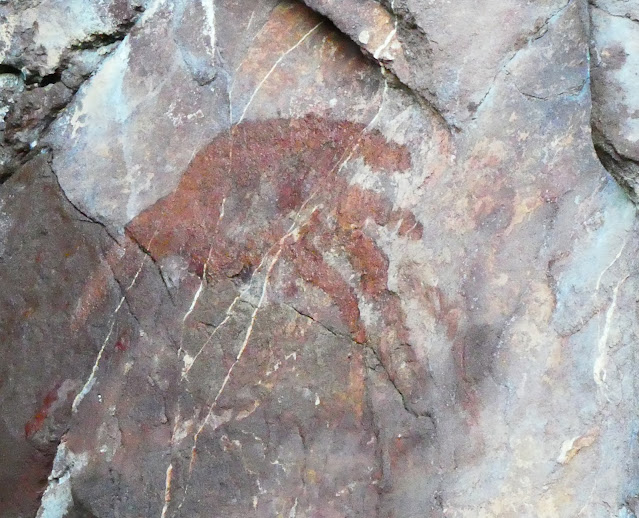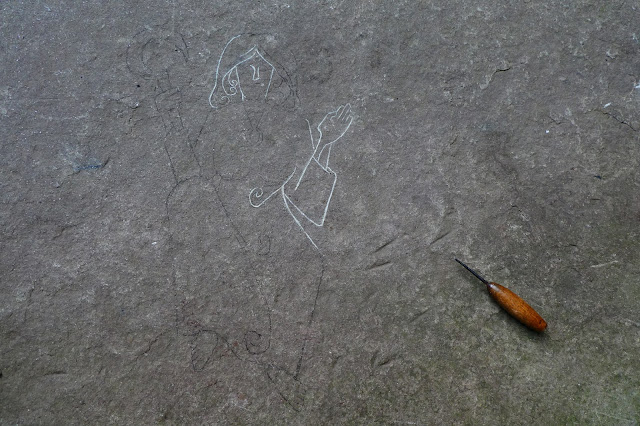Trust the Song, Not the Singer?
A few thoughts (and collected fragments of research) regarding oral, written, and recorded texts and stories…
Whilst the printed text of the Gyldlandsaga can best be described as an ‘epic saga’, I decided to deconstruct the meanings of both those descriptive terms (both of which can also be used as nouns). Namely:
epic (derived from) Epos < L. < Gk. epos = “word, song”; stem of eipein = “say” → early unwritten narrative poetry celebrating incidents of heroic tradition.
saga < O. Norse (Icelandic) 2. Partly after G. “sage” – mythical story, handed down by oral tradition; historical or heroic legend.
(Source: The Shorter Oxford English Dictionary, 3rd. ed., BCA, 1988).
The interesting connection here is the oral nature, or unwritten aspect of [what has become] the text. The origins of the epic are in song – that which is spoken or sung – and numerous references to songcraft are made throughout the text. Several times, Sigfri recites (or sings) to an audience; as does Meloth, Yldfreah’s court bard in Dofran; and also Ffrehkk’s ‘word-smith’ Hrragni, in what becomes a show of one-upmanship wherein Sigfri criticizes Hrragni’s descent into rhyme, and goes on to improvise a verse in which he demonstrates the six stress-patterns of conventional Old English poetic tradition across a dozen half-lines, in which the format of the printed text alters to accommodate the caesuras. Elsewhere the terms ‘poet’ and ‘poem’ are interchangeable with ‘song’ and ‘singer’.
Interpolated poetic pieces are variously described as lays, songs, and the mythical tale of Lēoma is known by its Old English form, Lēomaleoth (‘Song of Lēoma’). The saga, too, is an oral tradition, which would eventually come to be written down by those with concern for immortalizing such works – the reverse of what the Elken priest, Gifli, describes as what can best be explained as a ‘reverse scriptorium’, in which he and others spent “fifty summers in a hall” memorizing the texts of books, due to their frailty. But living minds and bodies are also frail, and the point here is to really say that no single text can remain unaltered entirely, or ever preserved eternally without some threat of damage or loss (the nature of the extant Old English manuscripts bear witness to this – cf. the scorch marks on the Beowulf pages from the fire in which other texts perished) – or indeed, alteration.
Knowing this, we can then throw an extra layer of doubt over all the proceedings in terms of who originally composed this Saga, and how much it might have been adapted between that concept and its eventual writing-down.


Comments
Post a Comment